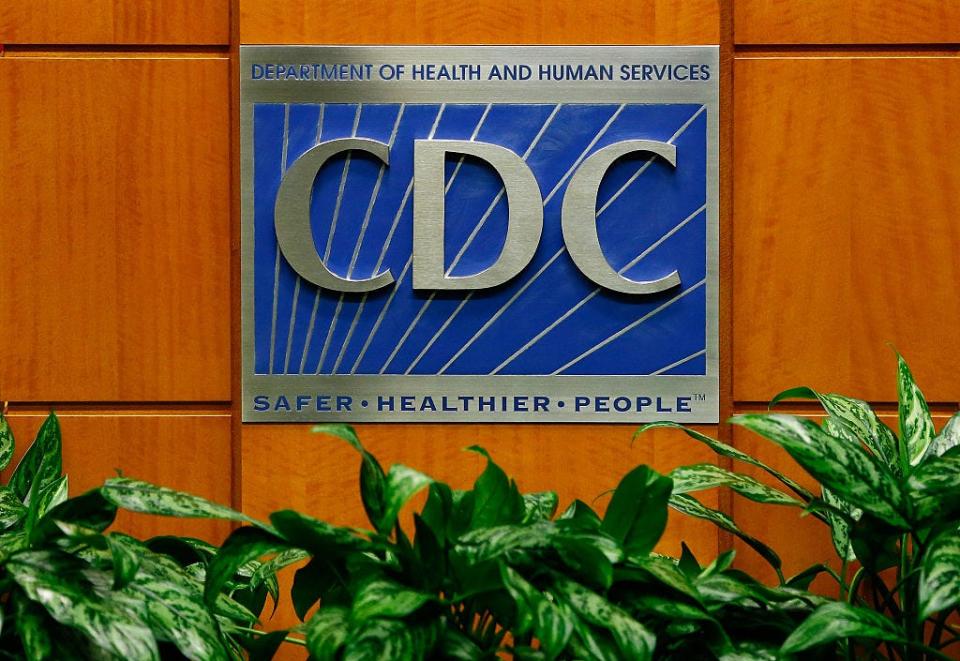2 West Coast states are the first to depart from CDC's COVID isolation guidelines
The remaining COVID-19 guidelines that still exist around the US are starting to fade away as we approach our fourth year of living with the pandemic.
Earlier this month, California's Department of Public Health issued a formal order to change existing COVID-19 control and prevention guidelines, reducing isolation expectations for infected individuals. The introduction of the new rules, which allow people testing positive to return to public life if they are not showing symptoms, makes California the second state to break from CDC guidelines and do away with specific isolation times, following behind Oregon, which made such changes back in May.
In California's order, issued on Jan. 9, the changes were attributed to the reduced impact of COVID compared to past years, the availability of treatment and the changing expectations to keep people most at-risk safe while posing minimal disruptions to the public.
Fact check: CDC data shows levels of COVID-19 in wastewater, not water supply
Oregon and California limit quarantine
Oregon and California are the first states to depart from the guidelines put forth by the CDC, which still recommends at least five days of isolation after first testing positive for COVID or experiencing symptoms.
Instead, Oregonians and Californians are no longer asked to isolate for a specified period after contracting COVID. Those who experience symptoms can return to work or school after just 24 hours of being fever-free, so long as symptoms are "mild and improving." Those who experience no apparent symptoms are no longer required to isolate at all, according to the state policies.
However, both states still suggest taking precautions if you have been infected, even if you don't have to stay home anymore. It is still advised that you avoid contact with high-risk people and mask when around others for 10 days after testing positive or becoming sick.
“We are now at a different point in time with reduced impacts from COVID-19 compared to prior years due to broad immunity from vaccination and/or natural infection, and readily available treatments available for infected people,” Director of the California Department of Public Health Dr. Tomás Aragón said in the state order.
“Our policies and priorities for intervention are now focused on protecting those most at risk for serious illness while reducing social disruption that is disproportionate to recommendations for prevention of other endemic respiratory viral infections.”
What does the CDC recommend?

The CDC guidelines still advise isolation with or without symptoms, regardless of vaccination status.
According to the guidelines, anyone who suspects they may have COVID-19 should begin isolating, even if they have not yet tested. Once testing positive, it is advised that you isolate for five days, as you are most likely to be contagious during that time.
If you test positive without symptoms but develop symptoms during the 10 days following, the isolation clock restarts. If at the end of the five days you are fever-free for 24 hours without the assistance of medication and your symptoms have improved, you may end isolation. However, if you are still experiencing symptoms with no improvement, you should wait until you are fever-free for 24 hours and/or your symptoms are improving.
People who experience more serious symptoms of shortness of breath or difficulty breathing should isolate for an additional five days, making the total quarantine time 10 days. People who had a severe illness that resulted in hospitalization or who are immunocompromised should consult their doctor about treatment plans and isolate for at least 10 days as well.
Is COVID surging again?: Surging COVID-19 cases detected in wastewater: Could it signal a new wave?
During isolation periods, the CDC suggests you:
Wear a high-quality mask if you must be around others at home and in public.
Do not go places where you are unable to wear a mask.
Stay home and separate from others as much as possible.
Use a separate bathroom, if possible.
Take steps to improve ventilation at home, if possible.
Don’t share personal household items, like cups, towels, and utensils.
Monitor your symptoms. If you have an emergency warning sign (like trouble breathing), seek emergency medical care immediately.
This article originally appeared on USA TODAY: California follows Oregon in breaking from CDC COVID guidelines

